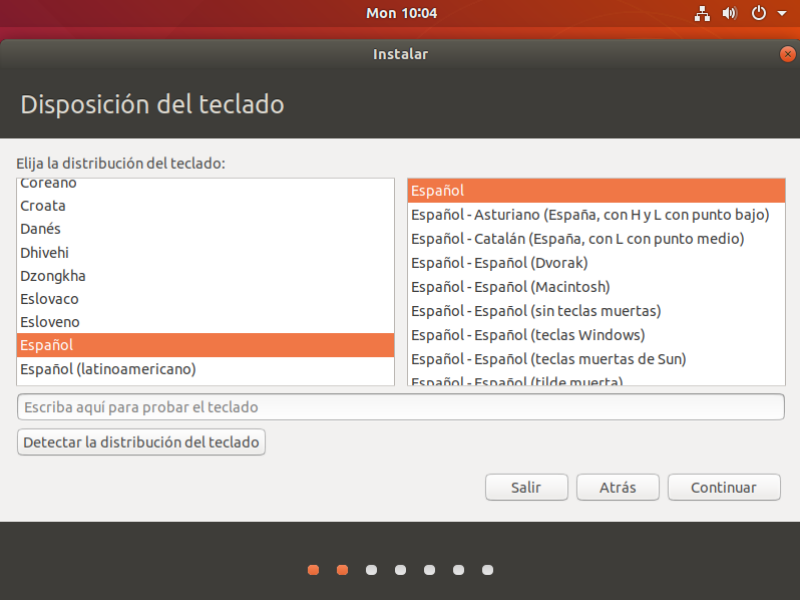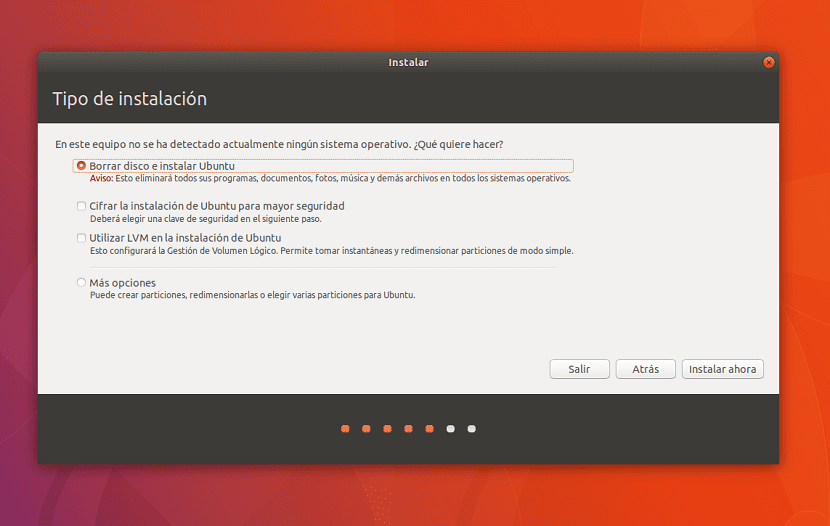
Before you start, make sure you have read the prerequisites, and you have all. Step 2: Create a Bootable USB. The next step is to create a way to transfer the installation package to your system. Know Ubuntu 18 System Requirements 2 GB of RAM.

It is an open-source monitoring tool that monitors the entire IT infrastructure. It is also known as Nagios Core. In addition to it, Nagios also monitor applications on remote hosts and networks too.
If you install a CLI only server and later regret it, you can easily add a graphical desktop:Note: Even though it is not recommended by most experts, you could install a Graphical User Interface (desktop) by issuing the command 'sudo tasksel' or 'sudo apt install ubuntu-desktop' to install 'Ubuntu desktop'. If you will only be using your Moodle server for local, experimental purposes, you might prefer to install the desktop (64 bits preferred) version of Ubuntu. 6 Step 5: Copy local repository to /var/Amateur users might find it easier to use a graphical (desktop) interface. 2.2 Why we prefer (or don't prefer) Ubuntu 18.04 over Ubuntu 16.04 over Ubuntu 14.04 2.1 Why we prefer Ubuntu server over Ubuntu desktop The application deployment, production, and so on are monitored continuously in an automated fashion.
Ubuntu Server 18.04 has all the required packages (comes default with Apache2, PHP 7.2, MySQL 5.7). All three are LTS (Long Term Service) releases. Try it at test machine first.Why we prefer (or don't prefer) Ubuntu 18.04 over Ubuntu 16.04 over Ubuntu 14.04
But beware that if you are using external authentication or enrollment plug-ins, please note that at the moment of Moodle 3.0.1 release (December 2015) neither MSSQL nor SQLSRV are available under php7. Moodle 3.7 requries PHP 7.1. Moodle 3.0.1 onwards can use PHP 7.0. This document has been updated to reflect those changes.
You can use either VI (lightweight editor) or VIM (heavyweight editor), however, if you wish to use VIM you will need to install it More info can be found here - Because of this you should consider installing Ubuntu with a /boot directory of around 5Gb and putting some automated clean up in place. Ubuntu has a well known issue with its automatic updates filling up the /boot directory until automated updates start to fail and automated removal of old kernel files from /boot is impossible.
Ubuntu 18.04 Ation Guide Code In The
After you have added the plug-in and any other changes you might have made you will need to edit the file located in /opt/moodle/.git/info/exclude. Within Step 5 there is a little more detail on why we put the moodle core application code in the /opt directory.Sudo git clone git://git.moodle.org/moodle.gitChange directory into the downloaded Moodle folderSudo git branch -track MOODLE_37_STABLE origin/MOODLE_37_STABLEFinally, Check out the Moodle version specifiedSudo git checkout MOODLE_37_STABLE Step 5: Copy local repository to /var/For example, you want to make some changes or add some plug-ins, you would download the plugin and copy it to your local moodle repository. By using git it will much easier down the road to update the moodle core application. Git is what is called a "version control system". Step 3: Install Additional Software sudo apt install graphviz aspell ghostscript clamav php7.2-pspell php7.2-curl php7.2-gd php7.2-intl php7.2-mysql php7.2-xml php7.2-xmlrpc php7.2-ldap php7.2-zip php7.2-soap php7.2-mbstringRestart Apache so that the modules are loaded correctlyWe will be using Git to install/update the Moodle Core ApplicationSudo apt install git Step 4: Download MoodleSetup your local repository and download Moodle, We will use /opt for this installation. In the below tutorial we will be using the term "sudo" which stands for "super user do" before most of the commands.Step 2: Install Apache/MySQL/PHP Note: Moodle 3.0.1 introduced support for PHP 7.0 and we will be using PHP 7.2 in this tutorialOpen up Terminal and install the following Sudo apt install apache2 mysql-client mysql-server php libapache2-mod-phpRun 'sudo mysql_secure_installation' to set the root password for mysql - please, please my dear friends, WRITE IT DOWN and spare yourself some grief, you will need it in step 6.

If you chose to use VIM instead please substitute vi for vimSudo vi /etc/mysql/mysql.conf.d/mysqld.cnfScroll down to the section and under Basic Settings add the following line under the last statement. You do however need to set the default file format! It is always a good idea to make it default anyway.
You will be compliant by Moodle admin page if you don't use 'utf8mb4' here.Where it says "moodledude" and "passwordformoodledude" you should change to the username and password of your choosing.Mysql> create user IDENTIFIED BY 'passwordformoodledude' Mysql> GRANT SELECT,INSERT,UPDATE,DELETE,CREATE,CREATE TEMPORARY TABLES,DROP,INDEX,ALTER ON moodle.* TO IDENTIFIED BY 'passwordformoodledude' Note - If you are using MySQL 5.6+ and when you issue the create user and get an error about the password hash you need to adjust the password to use the hash valueMysql> SELECT password('passwordformoodledude') This will print the hash of the password like *AD51BAFB2GD003D3480BCED0DH81AB0BG1712535, you will want to use this in the IDENTIFIED BY ' part This allows you to add some text.In order to save my.cnf using the editor, press the Esc (Escape) key, type the following in sequence which will save :w then close the editor :qRestart MySQL Server for changes to take affectNow we need to create the Moodle database and the Moodle MySQL User with the correct permissionsMysql> CREATE DATABASE moodle DEFAULT CHARACTER SET utf8mb4 COLLATE utf8mb4_unicode_ci Note: Use 'utf8mb4' for full range (4-byte) support of UTF-8, including Emoji ('utf8' only supports 3-byte). This is usually above the "delete" button.


 0 kommentar(er)
0 kommentar(er)
